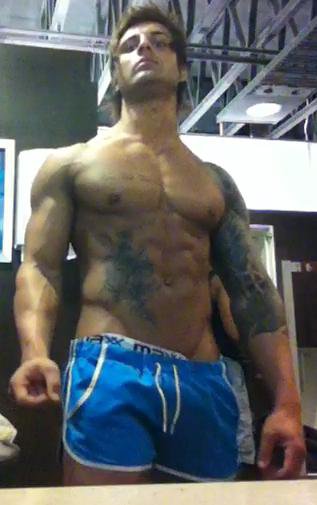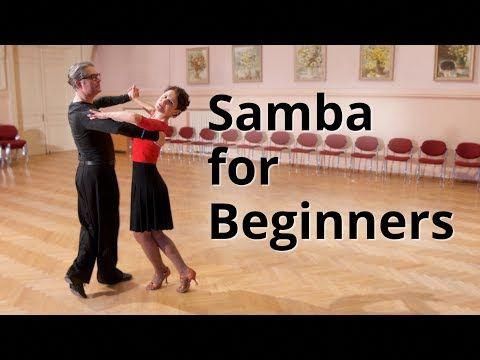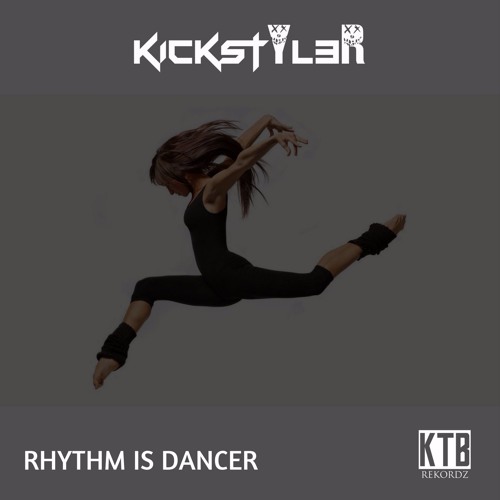How to do some really cool dance moves
10 Basic Dance Moves Anyone Can Learn
Do you ever watch someone dance and wonder how they come up with moves so easily?
Great dancers often master a specific set of moves that they can fall back on again and again.
Read on for 10 basic dance moves you can learn in minutes and use every time you wanna dance.
P.S. You can learn all of these moves for FREE on STEEZY Studio! No cc required. 😉
1. The Two-Step
When I first started dancing at parties, the Two-Step was the first move that truly came naturally to me.
It really is as simple as stepping from side to side to the beat!
If you're looking for something foolproof that allows you to just groove and enjoy the music...
Boom. Here it is.
2. The Monestary
This move was born in a club called Monestary out in St. Louis!
It’s built on a Two-Step, so if you took that class, you’ve already got a foundation for the footwork.
But rather than bringing your feet together, you’ll tap them to the front with your knee and foot turned inward.
Then, as you tap the feet, you’ll move your arms and shoulders in a circular movement.
3. Booty Pop (Side To Side)
Like the Woah, this sexy move is super TikTok-friendly – but with more feminine energy.
To do a booty pop to the side, you’re gonna bend your knees, put your hands on one knee, and then bring the other leg from bent to straight while turning your knee inward.
If you’re a long-haired baddie, be sure to keep all your hair on one side so it doesn’t flop in your face as you pop!
Read this article on How To Dance Sexy to get more tips on pulling off moves like this one!
4. The Billy Bounce
Surprise – this club-ready move is built on… a bounce!
But what makes it unique is that your knees will come inward on each bounce rather than just up and down.
Once you’ve got the funky lil knee bounce down, you’ll add in an upward kick on each side.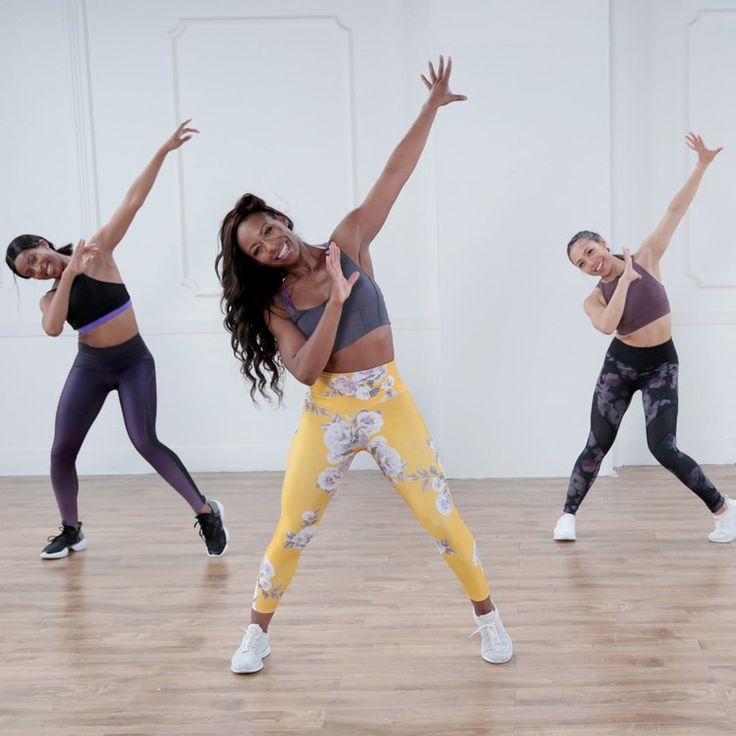
The best thing about this move is that while the footwork takes a few minutes to learn, you don’t necessarily need to add an arm movement to make it look cool.
Just keep your arms front and center.
5. The Woah
Even if you’re not actively involved in the dance community, you’ve probably seen people hitting the Woah – on TikTok, Reels... all over your newsfeed!
Whether you wanna make a viral video of your own, or you’re just looking for a fun, basic dance move to pull out at the clerb, this one is too good not to learn.
Since the locking arm motion is so sharp and pronounced, use the Woah to accent the heaviest bass beats in your favorite songs.
6. The Dougie
Yes, the Dougie is a real dance move!
Like the Two-Step, you’ll be shifting your weight from side to side, but this time, adding some shoulder movements and a lil more attitude.
Try this one out to some songs other than the one that made it famous – you’ll find it works with any hype beat.
7. Scoop Arm Into Hip Sway
Sooo this one is more of combo than a move, but it only takes a few minutes to learn and it works with any fun sassy song…
So it deserves to be here, ok?!
For this move, you’re gonna scoop your arm across your chest, then bring it over your head, and finally point it in front of your chest.
Once you point the arm in front of you, you’ll sway your hips from side to side and groove it out.
8. The Bust Down
The Bust Down was popularized by LA rapper, Blueface, in his 2019 club jam “Thotiana”.
You’re gonna grab your belt, put one arm in the air, and allow your body to dip with the beat.
Note: Licking your eyebrows like Blueface is fun, but not required. 😛
9. The Biz Markie
The Biz Markie is an old school party dance inspired by, you guessed it, rapper Biz Markie!
It rose to popularity in the 90s, when Biz Markie himself began performing it on stage.
As you practice it, remember to allow your shoulders to bounce – the bounce is what gives this move its cool, laidback flavor.
Wanna learn more about classic Hip Hop moves? Read this: How To Dance Hip Hop for Beginners
10. The Humpty
For this bouncy move, you’re gonna circle your hips to one side as your bend your knees.
Then, you’ll jump and cross your legs, allowing your feet to tap the floor briefly before you jump back to your original legs apart position.
Once you’ve got that down, you can complete the move by adding in a windmill motion with your arms.
The leg cross in this move makes it perfect for any Hip Hop song that features a double bass (aka that BOOM BOOM sound that you hear in songs like “Lip Gloss” by Lil Mama)
We hope you enjoyed learning some of our favorite basic dance moves.
Of course, this list is just a start!
In addition to the 10 moves on this list, STEEZY Studio has 100+ other FREE beginner classes where you can learn step-by-step from the world’s best teachers.
What To Read Next:
30-Minute Dance Workouts That'll Trick You Into Becoming A Better Dancer
How To Learn Popping
How To Start Dancing Hip Hop For Beginners
How To Learn Dance At Home
Insanely Cool Dance Moves That'll Set the Stage on Fire
If you want to steal the show on a cool and happening occasion, you better teach yourself to dance. Out of so many dance forms, learning a few moves from some of them will easily do the trick!
“…Take one step left and one step right
One to the front and one to the side
Clap your hands once and clap your hands twice
And if it looks like this then you doin’ it right…”
-Mambo No. 5 ~ Lou Bega
I couldn’t agree less with what Agnes de Mille says of dancing, “To dance is to be out of yourself, larger, more powerful, more beautiful. This is power, it is glory on earth and it is yours for the taking. ” Considered to be one of the most expressive and active forms of art, dancing sums up as a fun social activity that is enjoyed by people of all age groups. Passion, practice, and perfection are essential to make a good dancer.
” Considered to be one of the most expressive and active forms of art, dancing sums up as a fun social activity that is enjoyed by people of all age groups. Passion, practice, and perfection are essential to make a good dancer.
Whether you plan to impress that girl you have been eying, or to rock the floor at the high school dance, you ought to come up with interesting and cool moves to jazz you up. Be the attention seeker you always wish to be with these dance moves that are uber cool and suave.
B-boying
D-I-S-C-O! That’s right, breakdancing evolved in the 1970s, eventually gaining popularity on the disco-front. Breakdancing, famously known as B-boying is performed to hip-hop and breakbeats. The four elements that form breaking include, toprock, downrock, power moves and freezes.
Toprock
If first impressions matter, toprocking is a sure short way of creating a good first impression. Let’s just say, well begun is half done!
To perform: Start with your feet together while your arms are crossed over your chest.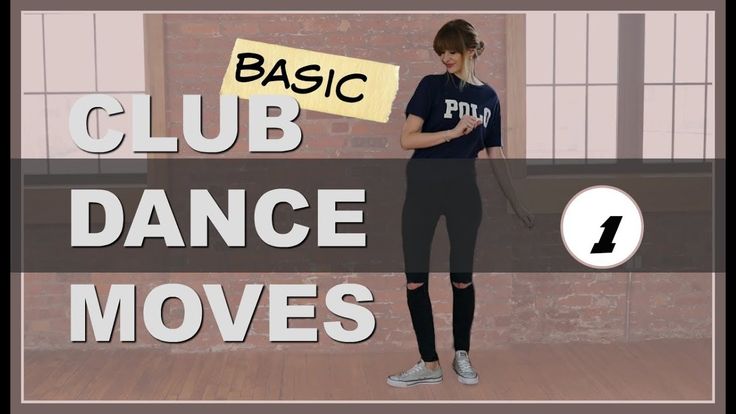 Then, pivot on your left foot and shift your weight on to the right foot. Simultaneously, swing your arms open to form an inclined plane. Return to initial position and repeat the movements with the other foot. Once you master the basic move, you can improvise and create a style that is uniquely you.
Then, pivot on your left foot and shift your weight on to the right foot. Simultaneously, swing your arms open to form an inclined plane. Return to initial position and repeat the movements with the other foot. Once you master the basic move, you can improvise and create a style that is uniquely you.
The 6-step
The most important part of b-boying, the 6-step forms the backbone of this style of dancing. The breaker has to maintain continuous ground contact for this move which means one or the other hand has to be touching the ground at all times. It is this move that helps set the momentum for other complex dance moves.
To perform: You start this move in a push-up position and bring your right leg forward and extend it in front of the left leg. Lift your left hand thus shifting your weight to the right hand and foot. Bring your left leg closer to the right leg such that it crosses at the knee. Swing the right leg in front of the right hand so that you are in the crab position. Switch hands while the left leg swings around in front of the right leg. Keep the right hand off the ground and extend your legs back into the initial position bring your right hand back down and repeat the steps.
Switch hands while the left leg swings around in front of the right leg. Keep the right hand off the ground and extend your legs back into the initial position bring your right hand back down and repeat the steps.
Back Spin: Considered to be an easy move, especially if you have got the right momentum.
To perform: Lie on your right side while extending your arm above your head. Swing your left leg over your head and with a swift motion snap your right foot in the same direction over your head. Lock your feet in position by wrapping the left ankle over the right. Tuck your legs into your chest with your arms resting on your thighs so that, you curl up into a ball. This will have you spinning on your lower back.
Moonwalk
Made popular by Michael Jackson in ‘Billie Jean’, moonwalk is one of the coolest dance techniques.
To perform: Get into position with your feet shoulder-width apart. Your right foot should be slightly ahead of the left foot in such a way that your left foot is in line with the arch of the right foot.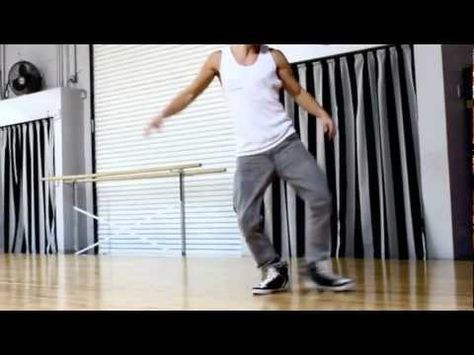 Shift your weight to the left foot and lift the heel of the foot so that your left foot is in the tiptoe position.
Shift your weight to the left foot and lift the heel of the foot so that your left foot is in the tiptoe position.
Now slide the right foot back to align it with the arch of the left foot and shift the weight to the right foot. Remember, you have to keep shifting your weight to the foot that is in the tiptoe position. Besides, the foot that is flat against the ground is always the one that is moving.
The Worm: Also referred to as the dolphin, it basically replicates the movement of a worm.
To perform: Start with lying face down on the floor, bend your legs at the knees so that you have your feet up in the air. With a kicking movement, send your feet off the ground. Crunch your stomach and lift your hip off the ground, then arch your chest and straighten your hips. Get your lower body to touch the ground while you lift your upper body higher up the ground. Clap your hands on the floor for a touch down and repeat the steps all over again.
Jazz Dance
“Dance is music made visible. ” ~ George Balanchine
” ~ George Balanchine
What do you get when you mix fun and energy together? It’s jazz, and its peculiarity lies in the individuality and improvisation of the dancer. Jack Cole is considered to be the father of ‘theatrical dance technique’. This dance technique combines various dance techniques like tap and ballet besides also incorporating African-American dance moves.
Split leap: Flexibility and strength are the required elements to perform this dance move.
To perform: Begin with your feet together and your hands to your sides. Get in to the crouching position on your toes and place your hands on the floor. Using your hands thrust yourself upwards, jump straight pushing yourself higher off the floor. Once in the air, pop your legs out to the sides so that your legs are parallel to the ground and your shoulder. Keep your toes pointed and your knees straight. Last but not the least, don’t forget to try out the different styles of split jumping.
Chassé
A pattern formed by gliding to either sides, which is what gives its name chasse, which means to slide. It can be performed solo or with a partner.
It can be performed solo or with a partner.
To perform: Start with your feet together and the legs bent at the knees. Take a step to the right with your right leg and quickly bring your left leg close to your right with a gliding motion. Which means you step, get feet together and again step to seem like gliding on the dance floor. Repeat the steps starting with the left foot.
The Hammer
To perform: Start with your arms relaxed by your side and your feet together. Bend and lift your right leg forming a right angle with the floor. Lift and bend your arms with your elbows jutting to the sides, parallel to the ground. Lower your right leg while sliding your left leg backwards and leaning forwards. Lower your arms and stand on your left toe shifting the weight to the right leg. Repeat the steps with the left leg.
That’s not all! You have many more dance moves to try out from. There’s hip hop, salsa, and jive, each bringing out a different move allowing the dancer to set the stage on fire.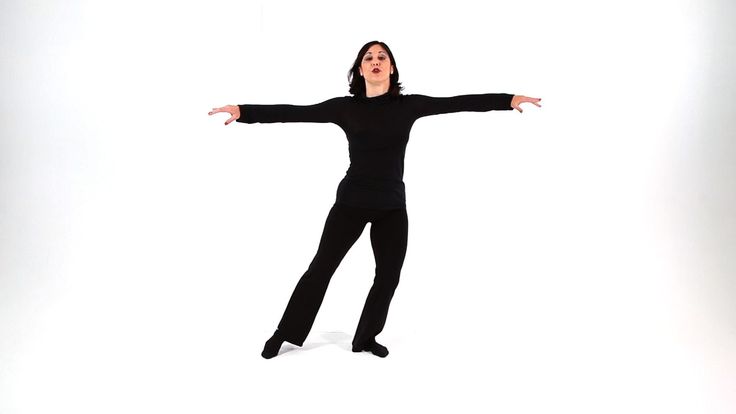 Keep grooving!!
Keep grooving!!
Dances
Author: Pavel Gather
Psychologist, Lecturer Salsa and Tango
Dances
Author: Pavel Pavel
Psychologist, Lecturer Salsa
on At the start, you always want to get a quick result. When it doesn't happen, the hypothesis arises that everything takes time. After a conditionally acceptable time, humility comes to mastering pair dances, which, perhaps, is not given, and I will just do what I learned somehow.
This is the most common story of those who believe that the mere act of attending a pair dance class is enough to learn how to dance.
Absolutely not. If you want to really dance well, you have to make an effort outside of the dance class. A good teacher will definitely be needed, but the initiative should be on your side.
1. Listen to music
The most common and accessible advice that is given already in the first lessons.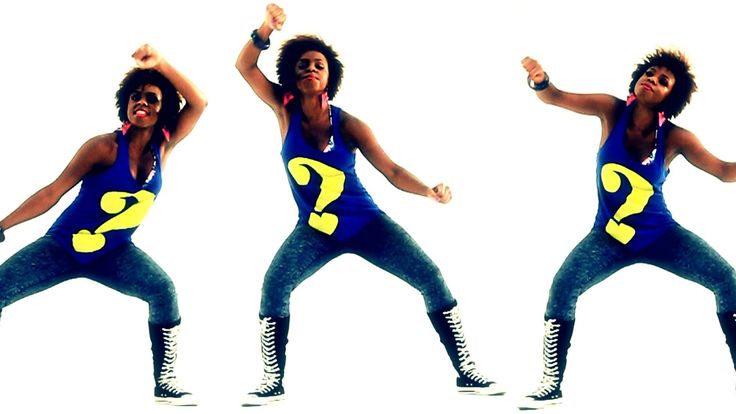 And it definitely works. Music creates a certain atmosphere of the dance and intuitively you want to move to it. It doesn't matter where you listen to music - in the car, on headphones while walking or doing household chores.
And it definitely works. Music creates a certain atmosphere of the dance and intuitively you want to move to it. It doesn't matter where you listen to music - in the car, on headphones while walking or doing household chores.
An addition that will help you dance better is your active participation in the music. Sing along, dance or simply beat musical accents with any free parts of the body. In the subway, for example, it is enough to tap out bright moments with your fingers, in the car to sing along with sounds, and at home you can jump for pleasure.
2. Watch videos of good dancers
It's complicated, but also obvious. It’s more difficult, because without recommendations from more experienced dancers, unfortunately, it’s not so easy to find a good quality video on the net (I mean not the resolution quality, but the content itself).
Meaningful viewing of the video is to form an understanding of HOW the dancers make this or that impression on the partner or the viewer. Technology is at the heart of everything. Understanding how the pros do it is a big step forward.
Technology is at the heart of everything. Understanding how the pros do it is a big step forward.
It is important to distinguish between a show and a disco dance, a choreographed performance from an improvisation, a stylized dance from an authentic one, etc. Ask for recommendations and dance instructors will always upload a couple of videos of worthy landmarks.
Tango Z. Showreel.
Online modern tango courses
Tango nuevo is the most advanced version of tango. We can quickly learn to dance from zero to a steep level.
| View details |
3. Dance in salsatecas/milongas/discotheques
A very delicate moment when it is worth coming to the first party. From a technical point of view, most students in 1-3 months have a sufficient set of figures and techniques to come and dance calmly. Psychologically, the same moment can be stretched out for an indefinite time.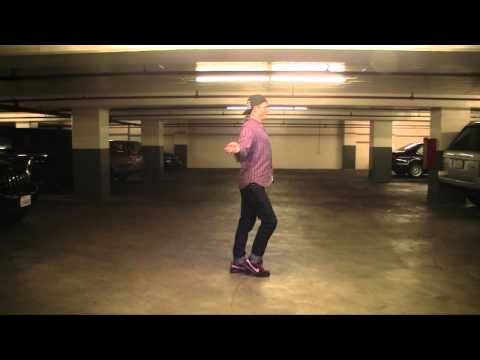 After all, it is imperative to “not lose face”, “learn more figures” and be sure what to do in case “there is an unfamiliar movement”.
After all, it is imperative to “not lose face”, “learn more figures” and be sure what to do in case “there is an unfamiliar movement”.
In fact, the partygoers don't really care (except for a small layer of non-professional teachers who want to help inexperienced dancers by treating them as customers in the future). It is important to come and try dancing after a month of classes. You can only with friends or guys from your group. This will be enough to feel the adrenaline and inspiration from the dance.
4. Dance with partners or partners not of your level
The conventional wisdom that you need to practice in groups of your level does not withstand the test of experience. Perhaps now your eyes widen in surprise, and you want to meaningfully read the phrase again. Yes, you saw everything correctly: when you dance with a partner of your level, you don’t grow anywhere.
It's important to understand that not only does it work one way and you have to dance with cooler dancers, but it works even more effectively the other way. It is no coincidence that teaching pair dances dramatically raises the level of the teacher himself. You have an endless stream of very beginner dancers.
It is no coincidence that teaching pair dances dramatically raises the level of the teacher himself. You have an endless stream of very beginner dancers.
How it works. A more experienced partner needs to be "stretched". It's easy and obvious. With beginners, you need to take more initiative on yourself, see the general pattern of the dance more widely, turn on and insure more, try to be an example and be more careful. The quality of interaction begins to grow significantly. And wonderful partners too.
Dancing with partners of your level doesn't make you grow. Dance with beginners and more advanced dancers
Dominican Bachata Women's Style Online Course
Want to learn how to hypnotize those around you with the most appetizing part of your body? On the course we will tell you all the secrets.
| Interesting |
5. Learn to dance for a partner and for a partner
Turks and Argentines are one of the best partners in the world.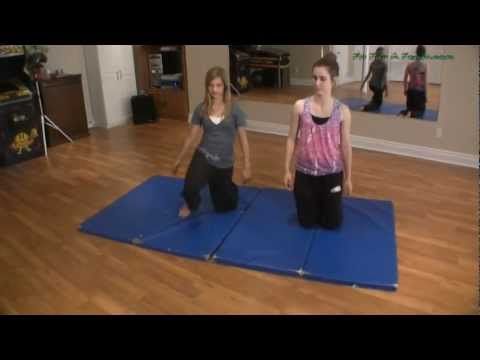 In Russia, partners are highly valued. Why? The answer is simple. In Argentina and Turkey, it is not questionable for men to ask another man to lead in one piece or another and give feedback on the quality of the lead. For them, it will be a great shame to hear moralizing from a partner, or even more so to be known in the community as an insecure partner.
In Russia, partners are highly valued. Why? The answer is simple. In Argentina and Turkey, it is not questionable for men to ask another man to lead in one piece or another and give feedback on the quality of the lead. For them, it will be a great shame to hear moralizing from a partner, or even more so to be known in the community as an insecure partner.
In Russia, due to the constant, often far-fetched, opinion that there are more women in pair dances, partners calmly get up and study their partner's part. Such partners then grow into very cool dancers and teachers. In no case do this at parties, only in class. Here we are talking only about the learning strategy. At parties, be yourself.
6. Do not memorize the links
Always try to look deeper and understand the through principle and idea of movement. Understanding what and how is done will make it possible to independently generate any sequences and chips.
Human memory is limited and there will always be a moment when something will escape and your repertoire will be limited by the size of RAM.
In Argentine tango, for example, there are seven levels of movement construction that, when mastered, will allow you to make millions of combinations. And how many dance sequences can you really remember? In rueda, more than 150 figures dance in a rare circle. It's hard to keep more in mind.
7. Develop your body
Many years of experience in teaching couple dance shows that as soon as everyone pairs up in a class, any progress in individual style ends. But it is the individual style that distinguishes everyone at the disco: partners change, and style is always with you.
The body as the main instrument of dance must be very plastic, responsive and emotional. Surprisingly, not all pair dance schools have a general physical warm-up. It is vital to tune the body and understand how it works.
You can always train extra and concentrate more on the basic steps, as their true value is as body work. The sequence of steps is, in fact, the simplest thing that can be in pair dancing.-Step-18.jpg/aid1640374-v4-728px-Shuffle-(Dance-Move)-Step-18.jpg) The quality of individual performance determines the craftsmanship.
The quality of individual performance determines the craftsmanship.
8. Try on the images of inspiring dancers
A psychological life hack for those who have already mastered the steps, but still feel that there is not enough brightness and drive. Most are terribly afraid of being someone else's "clone". Here the action is the same as under the influence of hypnosis - the more you resist, the more you plunge into an altered state of consciousness.
With a high degree of probability, you are already dancing like someone else's "clone". A meaningful fitting of someone else's image is that you mentally take the image of the one who inspires you (inspiration is critical in this case) and "put on" yourself. Then you start dancing and trying to feel in general how it is to be able, for example, to be the best partner or the sexiest partner in a disco. This is much more difficult than it seems. But it works extremely efficiently.
9. Dance to offbeat music
Dance to offbeat music
Habitual rhythms keep you tight. Tango salon or speedy timba leave little room for experimentation and fantasy. Pattern dancing is always noticeable and is reserved for beginners.
The truly new is born outside of the usual. Look for places to experiment. If there is no place, organize self-training. The main thing is not to get carried away, because music determines the style. We bring something new to pair dances, rather than trying to change them.
Search, improvise, don’t be afraid to go beyond, develop in different directions, be inspired by music atypical for the style
10. Try your hand at basic dance directions
dances exist according to their own non-choreographic laws.
This is the deepest delusion, which has turned into a ceiling for the qualitative development of partner dances. After all, all professional dancers, for example, in salsa or bachata, build their ideas on the basic choreographic principles.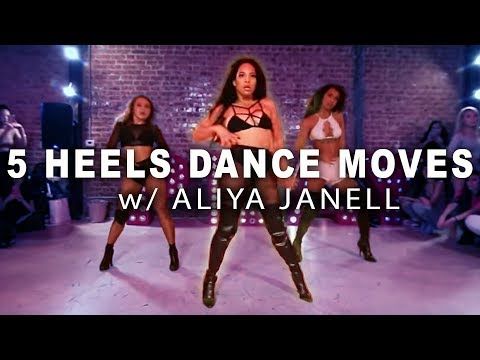
Do not think that choreography is only applicable on stage. Any meaningful movement of the body can be choreographic. In general, try classical or modern choreography. Basically, hip-hop can work too.
11. Look for battle sensations
Pair dances return us to an active position of manifestation of our body. As in the days of our ancient ancestors, we impress the members of the opposite sex by how dexterous, hardy, sexy, etc. we are. Modern laws of the jungle in the entourage of big cities.
If you look around the dance floor, it becomes clear that the majority are clearly herbivores (not in the sense of vegetarians, but in relation to those around them). I am sure that predators are always more interesting in terms of the attractiveness of the image - try to find a counterbalance among herbivores, for example, a cat woman or a lion man.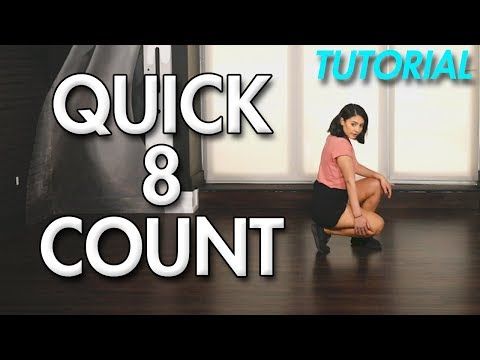
The conversation is about an internal position, not about aggressiveness. Lability and lack of control are inherent in adolescents, and not in adult self-sufficient people.
Accordingly, even a training or friendly battle gives, on the one hand, practical skills - to make a bright sequence of movements, bring an idea to a climax, show a spectacular feature, on the other hand, develops the psychological basis of the dance - self-confidence, resistance to extraneous attention, self-control and self-control in complex elements.
12. Communicate with professionals
The environment shapes the internal position. Basically, real passionaries of the dance community are ready to openly talk, discuss and support the development of dance in every possible way. Universal principles and the ideas they articulate have a much longer and more practical perspective than meets the eye.
Accept that, for example, behind the words "listen to your partner" is not only a beautiful metaphor, but also a practical skill to literally listen to your partner.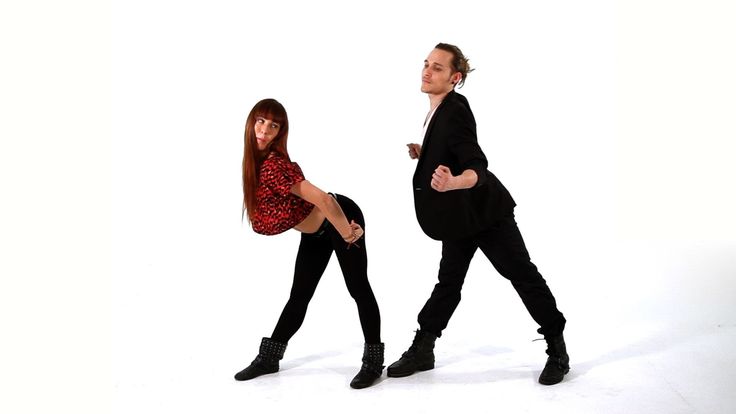 At the same time, always treat every thought, even the most respected teacher, as a private opinion.
At the same time, always treat every thought, even the most respected teacher, as a private opinion.
Your skill will lie in finding the scope of the idea even in conflicting opinions. Most often, the contradiction is speculative and the truth lies in the angle of perception or situationality.
Your dancing growth will stop sooner or later. This can happen at the level of three basic steps or years of experience in teaching and show performances. Regardless of your level, the suggested 12 life hacks can get you off the ground and greatly accelerate your dance growth. There is no way here without your motivation and activity. Take your dance development into your own hands. 9Ol000 Dangerous sexuality
Salsa: destroyers of stereotypes
Couple dancing as a source of strength.
Self-destruction of the couple dance community
The Salsa series as a mirror of the community
Mamita Fridays: salsa, bachata
Destroying the myths about leading pair dances
Does dancing make us better?
The seven deadly sins of teachers
Why we will never dance bachata like the Dominicans
Why tango?
Dispute over musicality
Selection of dances according to alcohol preferences
Where to find inspiration for dancing?
Terrible tango nuevo
Distribution of roles in a salsa party
Argentinean tango through the eyes of a salsa dancer
Is there a predisposition to dancing?
Which is more effective: individual or group lessons?
Sexual overtones in partner dancing
How to learn to dance: video tutorials for those who are not afraid to try
January 28, 2017LikbezSports and Fitness
If you decide to learn how to dance, do not delay.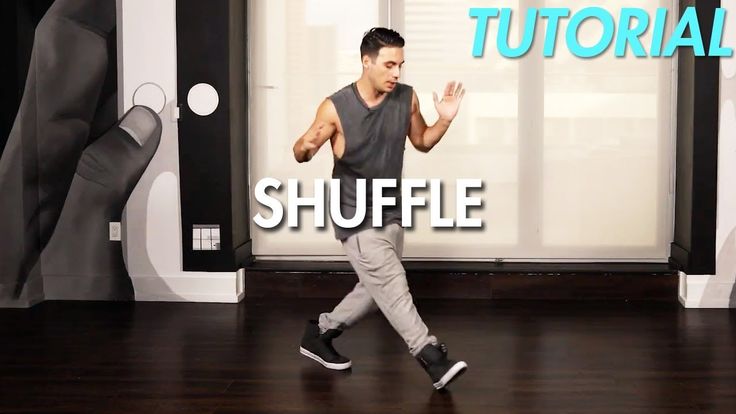 Just repeat after the instructors the basic movements of modern, street, ballroom and social dances.
Just repeat after the instructors the basic movements of modern, street, ballroom and social dances.
Iya Zorina
Author of Lifehacker, athlete, CCM
Share
0Answers to the main questions
Is it difficult to learn to dance?
It's really no more difficult than anything else you're new to. Dance directions are very different from each other. Even if you have mastered one of them, it will be unusual for you to do the other.
However, all dances are connected with the ability to control one's body. And if this is not new to you (for example, you were engaged in martial arts, gymnastics, swimming, and even more so dancing), it will be easier for you to adapt to new movements than a beginner who is not friendly with his body.
Even if you have a fairly wooden body, don't despair. The secret of success is constant practice.
Learning to dance from video lessons is more difficult than from courses. If your body is flexible and obedient, you can still do something similar to the movements of the instructor from the video. If not, you can quickly become disillusioned with dancing: the difference between what is shown in the video and what you will see in the mirror will be too strong.
If your body is flexible and obedient, you can still do something similar to the movements of the instructor from the video. If not, you can quickly become disillusioned with dancing: the difference between what is shown in the video and what you will see in the mirror will be too strong.
Still worth a try. At least in order to determine the appropriate direction.
How many times a week do you dance?
Muscles may initially ache after exercise. But, unlike strength training or running, the body does not require a recovery period.
Therefore, you can safely practice dancing all the time. One of my teachers said to dance 25 hours a day. In any case, the more you dance, the more noticeable the progress.
How to learn to dance modern dances
From this direction we have chosen three types that can often be found in the schedules of fitness clubs and dance schools. And the first - plastic and insanely beautiful contemporary.
Contemporary
Abel M/Flickr.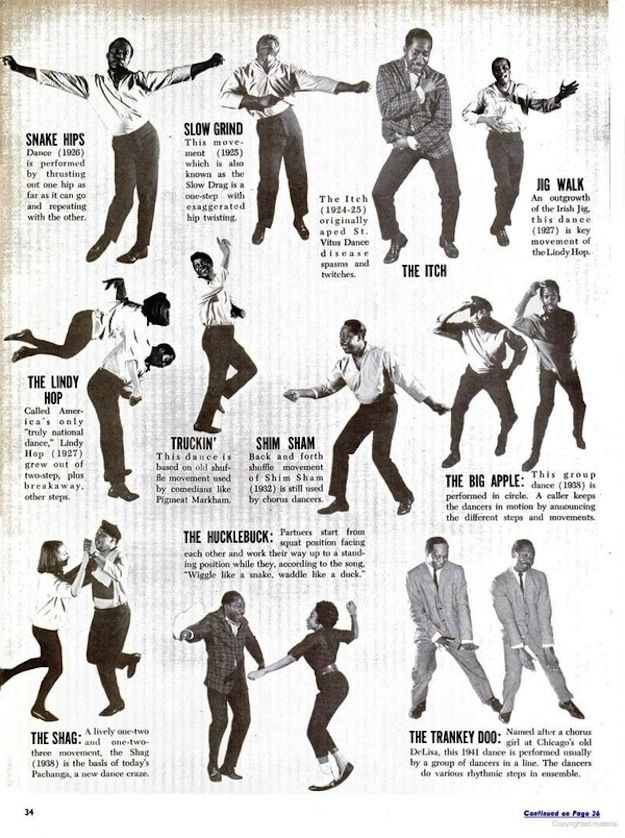 com
com Contemporary combines elements of modern jazz, yoga and martial arts, seasoned with improvisation and attention to breathing. This is freedom and plasticity - the natural beauty of movement.
Here is a clip with a contemporary combination. Give it a try, just be sure to warm up and stretch well before you teach.
And here is the second part:
By the way, about the warm-up. In the video below - a full lesson with a warm-up, stretching and analysis of the combination. In English, but everything is clear and without translation.
If you don’t have time to repeat or consider how some movement is done, set the speed to 0. 25.
25.
If you like combinations but can't repeat them yet, here are some more videos of routine contemporary lessons.
You will most likely have to do the same in the dance school before you can perform beautiful combinations.
Strip plastic
imperiamarket.byMany people confuse pole exercises and strip plastic. The second is just a sensual dance that can be performed without a pole.
When doing strip plastic, you will not stand at the barre and pull your toe. Everything here is based on the natural sexuality of the female body. Of course, many teachers diversify strip plastic with elements of contemporary or modern, Latin American dances and other areas, but it all depends on the teacher.
How beautiful your dance will look again depends on how well you can control your body, how mobile your joints are and how stretched your muscles and tendons are.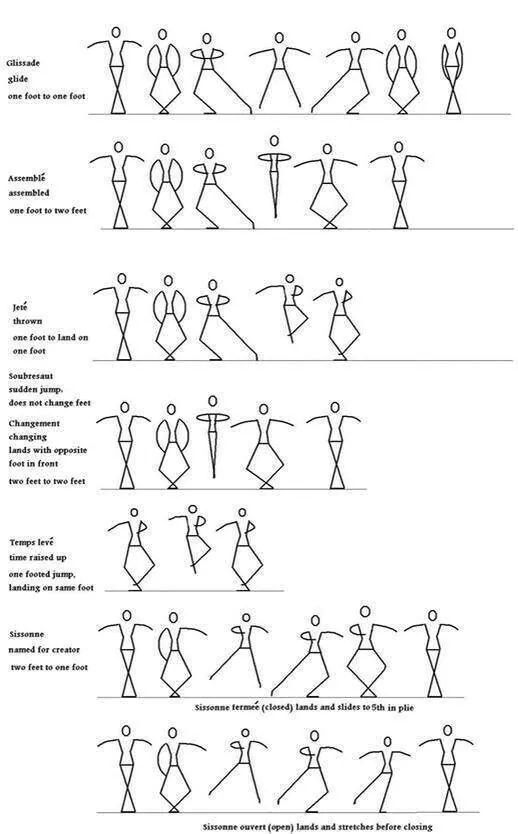
In the video below there is an analysis of the combination. Not too simple, but very sensual and beautiful. And you don't have to move on the floor, so your knees don't get hurt.
And here is a playlist with strip plastic lessons from different dance schools. There are both individual movements and combinations.
And one more, simpler combination. Try it if the first one doesn't work.
Belly dance (bellydance)
júbilo haku/Flickr.com This is a sensual and beautiful dance, which, among other things, helps to develop plasticity and even get rid of some health problems.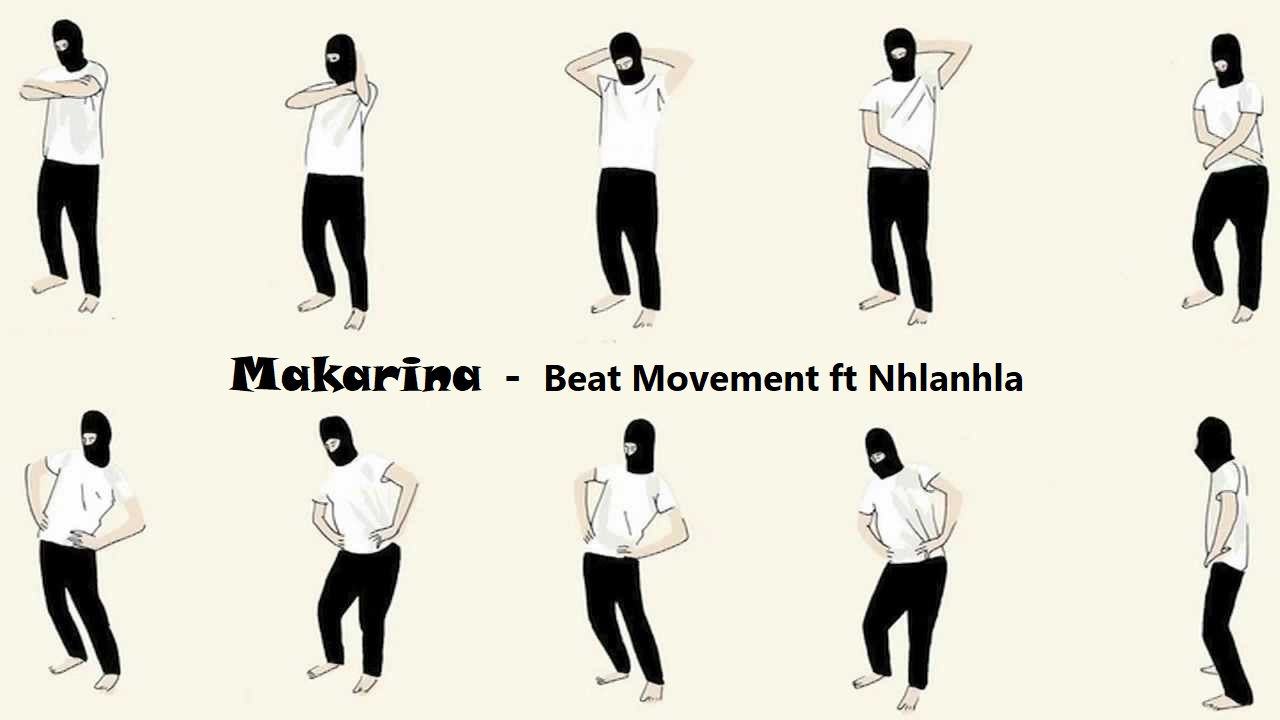
There are a lot of belly dance lessons on YouTube. Below are some of them.
The basic movements are explained very clearly here:
And the second part:
Below is a playlist with five lessons for beginners from another teacher.
How to learn to dance street dance
Hip-hop
pinterest.comHip-hop has only been around for about 50 years. But during this time, many trends and styles have appeared, with different elements, plasticity, and special features.
In addition, modern hip-hop is often complemented by movements from other dance styles, which provides even richer vocabulary and original combinations.
But before you come up with your own combinations, you need to master the basics. In the playlist below you will find basic moves, steps and many combinations. Explain everything in an accessible way. If you can't make it, slow down the video speed.
The videos in the next big playlist explain the concepts of inertia, manipulation and isolation in hip-hop. There's also a story about improvisation, battle behavior if you're up for it, and a few variations of ground hip-hop moves (on the floor) to diversify your combinations.
Breakdancing
Colonne/Flickr.com Breakdancing consists of different elements: tricks and power movements on the floor, waves, fixations, as well as changing the levels at which the dance is performed.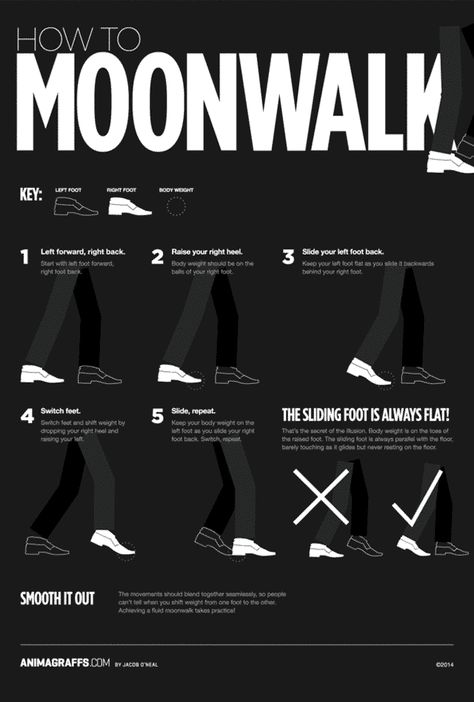
Here on this channel there is training in different styles: Waving, King Tut, Robot, - an analysis of the technique of power elements and basic movements at different levels.
Below is a video detailing the 6 steps element from Footwork.
And here you can see how the "turtle" is performed.
Here is a voluminous playlist, in which there are quite a lot of breakdance elements with a detailed analysis of the technique of dance and strength elements.
Twerk
Lauren Wood/Flickr.com Sexy dance in which you need to actively work the buttocks, hips, stomach and arms.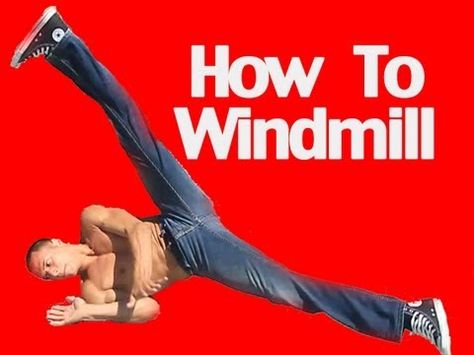 In this playlist you will find several lessons with analysis of twerk movements.
In this playlist you will find several lessons with analysis of twerk movements.
How to learn to dance ballroom dancing
Waltz
vimbly.comAt least once in your life you will surely need a waltz. Moreover, it is not so difficult to dance it at an amateur level.
Here are four good lessons that will teach you how to hold your hands and do the basic waltz steps in pairs or individually.
How to learn to dance social dances
Social dances are not designed for competition, but for communication between partners and enjoyment. Improvisation is welcome here, through which the dancer can express himself, his feelings and emotions.
Bachata
pinterest.comThis dance comes from the Dominican Republic. He is very sensual and sometimes erotic. The basis of bachata is four steps with an emphasis on the last one. In the dance, there are rotations and throws of the partner, small lifts.
Despite the fact that bachata is a pair dance, solo combinations can also be taught. For example, if you don't have a partner yet.
In the video below - an overview of the main steps. Where to transfer body weight, how to hold hands, how to focus - everything is told in the most detailed way.
And here is a variation of bachata from the same teacher.
Below is a playlist for those who want to dance bachata in pairs. These are Dominican bachata lessons from the Imagine dance school.

